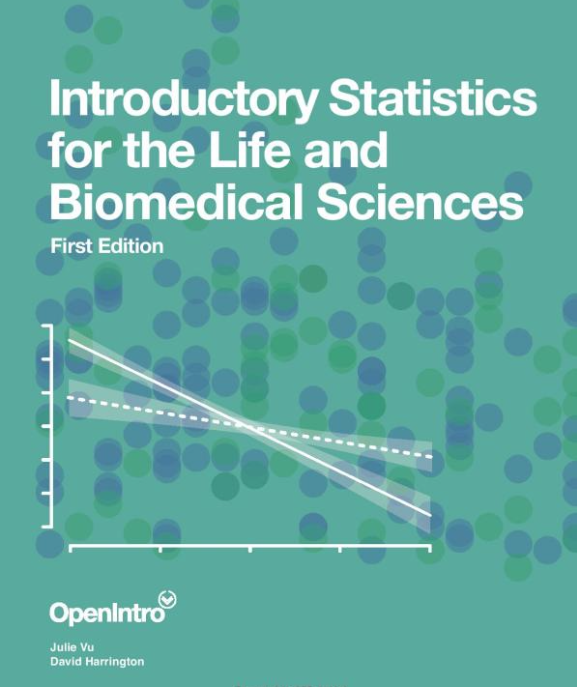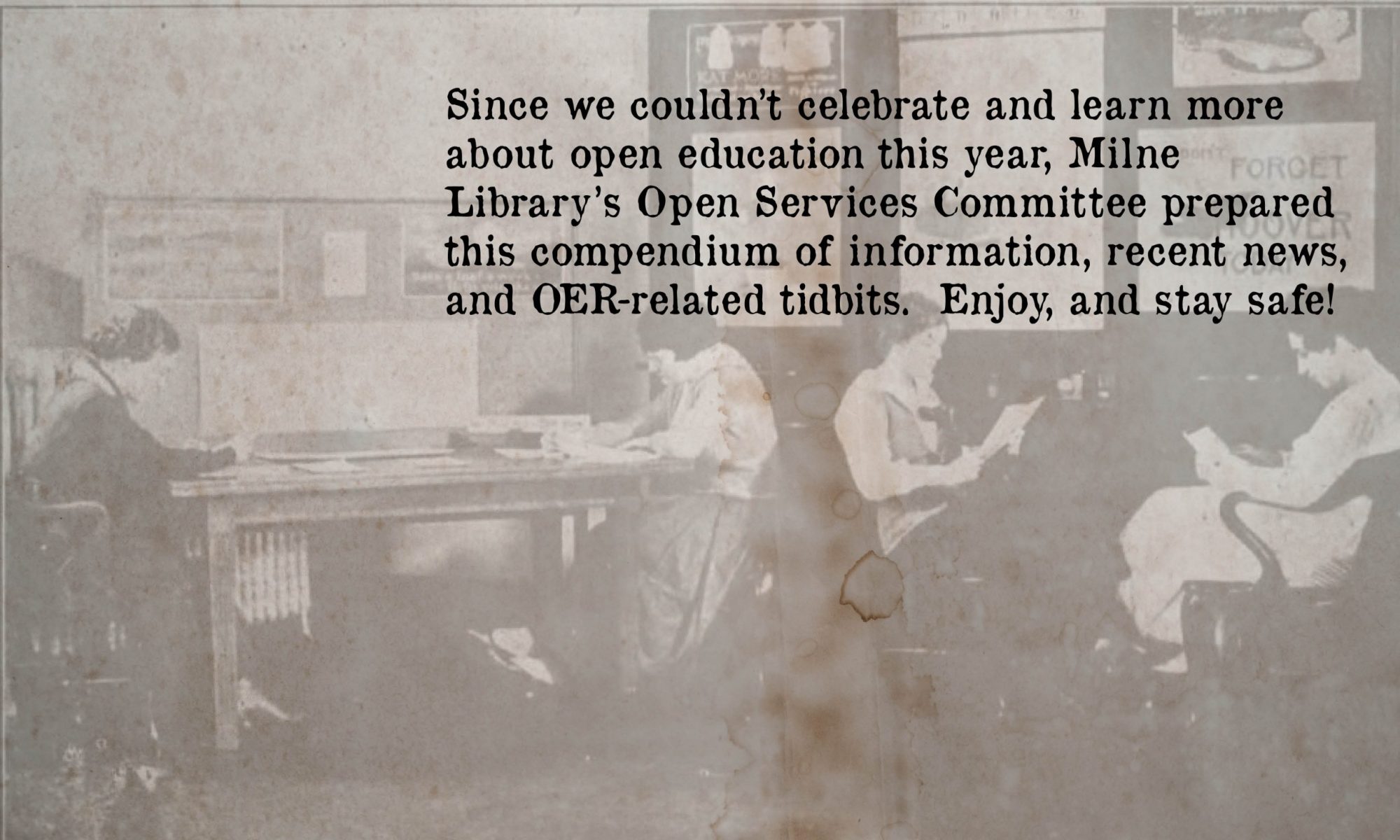One of the newest adoptions of OER at Geneseo is Dr. Suann Yang, who started using a new open textbook this spring in her class BIOL 350: Foundations of Biostatistics.
Many of the commercial textbooks in this subject area cost between $50-$100 on the low end, so Geneseo students saved at least $1,500 this semester (based on the class’ enrollment of 30 students).
The text, Introductory Statistics for the Life and Biomedical Sciences ( https://www.openintro.org/book/biostat/) was published July 26th, 2020, and is a derivative of the same publisher’s OpenIntro Statistics 3rd Edition by Diez, Barr, and Çetinkaya-Rundel.

The publisher, OpenIntro, is an independent 501(c)(3) nonprofit. They offer four other statistics texts and three mathematics texts.
Introductory Statistics for the Life and Biomedical Sciences offers many ancillary resources, including labs, sample exams and problem sets, and data sets. The problem sets and solutions are only available to “Verified Teachers” to protect the integrity of the resources.
Dr. Yang had previously been using OpenIntro’s Statistics for the course, and because the new biostatistics text was based on the book she already used, the transition was a relatively easy one.
Of all the ancillaries offered, Yang found the data sets the most useful for her purposes. She prefers to create her own labs, activities, and assessments for her classes, so generally doesn’t use those publisher resources, whether from a commercial publisher or an open one.
Using an open textbook has allowed her to teach the course the way she prefers; often introducing subjects and learning outcomes in a different order than other biostatistics courses and texts. Another advantage she sees is an added flexibility to omit topics or offer optional assignments, because an open textbook reduces the feeling that she’s asking students to invest in a resource that isn’t fully used.
In the case of this newest adoption, Dr. Yang contacted the Open Services Committee for help making the textbook a little more user-friendly for her and her students. Since the book is available as one large PDF, she requested that the file be split up into chapters so they could be posted individually, allowing students to more easily navigate to the correct section.
These PDFs of the textbook live in Canvas for students to refer to as per her modules and syllabus. This is very convenient for the students as they don’t have to refer to an outside website or separate download to get to the textbook, or create a separate account in an outside system.
If you have questions about transitioning to using an open textbook, whether it be reorganizing your course, or the more practical questions of how students access and read the text, feel free to get in touch with the Open Services Committee!

